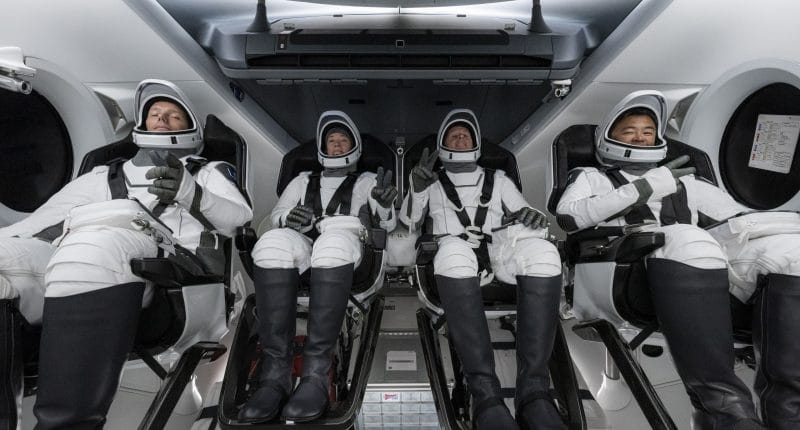SpaceX , undoubtedly, is the biggest name in the space game at the moment. The company had already proved its mettle after it successfully sent humans to space last year, in what will go down as a major milestone in the history of private space travel. Today, it has repeated this feat with some extra flavor by sending astronauts to space, in a refurbished spacecraft.
This marks the third time that the Elon Musk-led space giant has launched astronauts for NASA in less than a year. The first mission, comprising astronauts Robert Behnken and Douglas Hurley, was held in May last year, atop a Crew Dragon mission, which was called the Demo-2. Back then, SpaceX had become the first private firm to carry astronauts to the ISS, also launching the first American craft to do so ever since the Space Shuttle retired in 2011.
The second time, of course, was the famous Crew-1 mission.
This time around, what makes the mission extra special is that the company has reused a capsule and rocket that it had already employed before, during the Demo-2 trip.
The take off happened at the Kennedy Space Centre in Central Florida, with a Falcon rocket carrying four astronauts towards the orbit. The Dragon capsule is on its way to the International Space Station (ISS), and should ideally reach its destination on Saturday. In fact, the takeoff was all set to happen on Thursday, but had to be delayed owing to poor weather conditions, which were not suitable for the launch.
During take-off, the Crew Dragon separated from the rocket soon after it had made contact with the Earth’s orbit, at speeds zipping over 17,000 miles per hour. The crew will now have around one whole day before they dock at the ISS, which is some 250 miles above ground level.
While this isn’t the first time that SpaceX has made use (or reuse) of spacecrafts and capsules that it had already employed in some other mission, this definitely is the first time that it has applied its recycling (and potentially cost-cutting, if SpaceX’s ideas are to be believed) ethics to a manned mission.
The mission carries Thomas Pesquet from France and Akihiko Hoshide from Japan, who are on-board along with NASA astronauts Megan McArthur and Shane Kimbrough. Once their spaceship successfully docks at the ISS, they’ll be spending six months there, carrying out various kinds of research. Once there, they will be joining the party of seven astronauts that are already present at the Space Station (bringing the total to eleven), four of whom were also launched by SpaceX back in November, atop a different Crew Dragon craft.
Out of these 11, four will soon be riding back to the Earth on April 28.
The astronauts from the current mission will primarily be studying “tissue chips”, which might be defined as “small models of human organs containing multiple cell types that behave much the same as they do in the body”, as per reports from NASA. This, the Space Agency hopes, will help in further developing drugs and vaccines. The reason why this research is being carried out in space rather than on solid ground is because the microgravity environment, which has come to be associated with the ISS, is much more amicable to studying how things work.
The Crew Dragon spacecraft has been developed by SpaceX for years, under a $2.6 billion contract with NASA under the Space Agency’s Commercial Crew programme. This partnership was forged quite a few years ago, and remains the first time such a collaboration happened between the government and a private sector firm.
